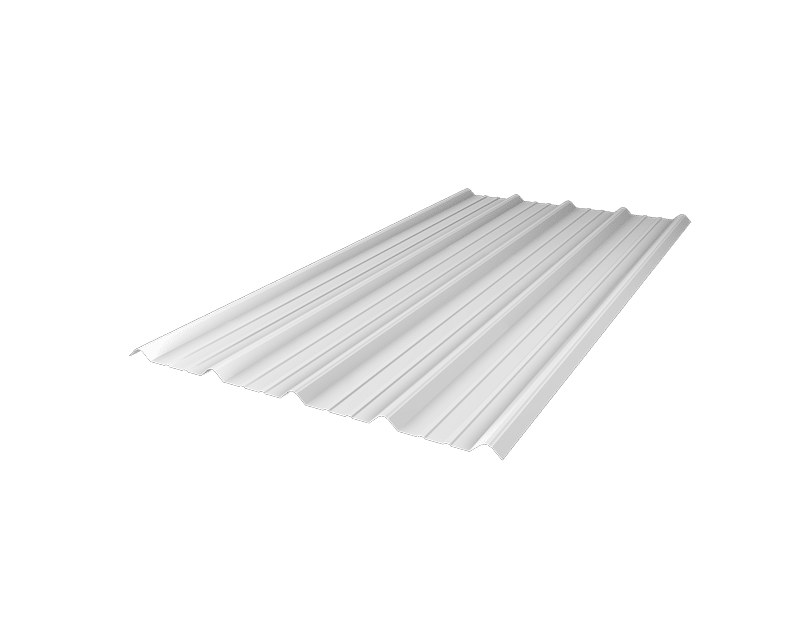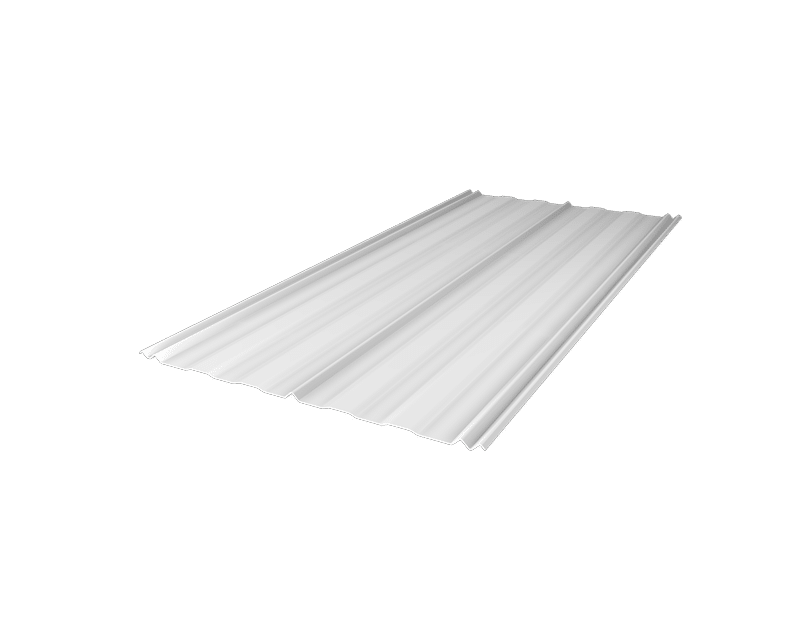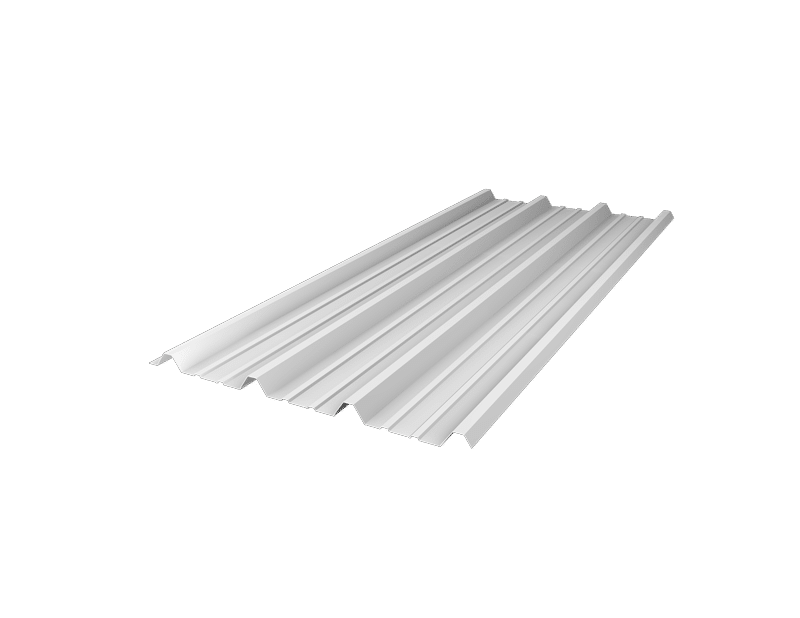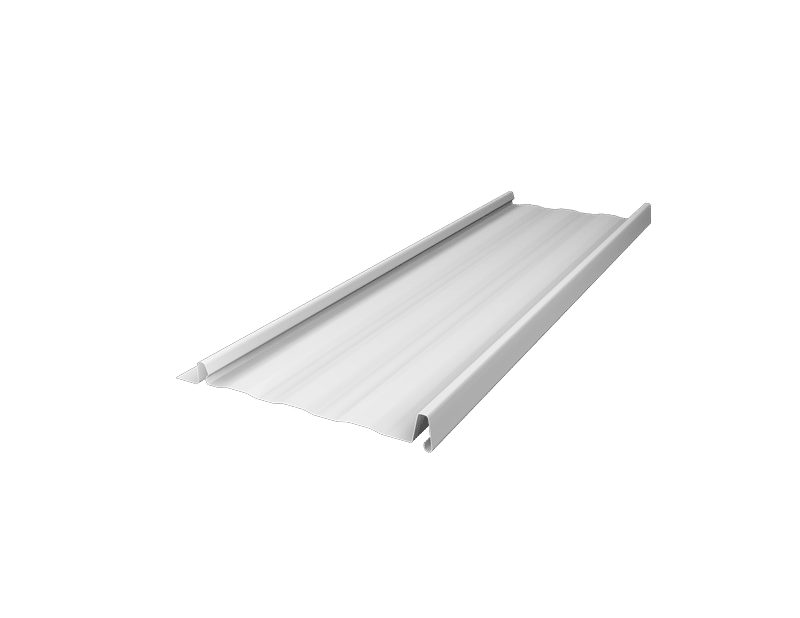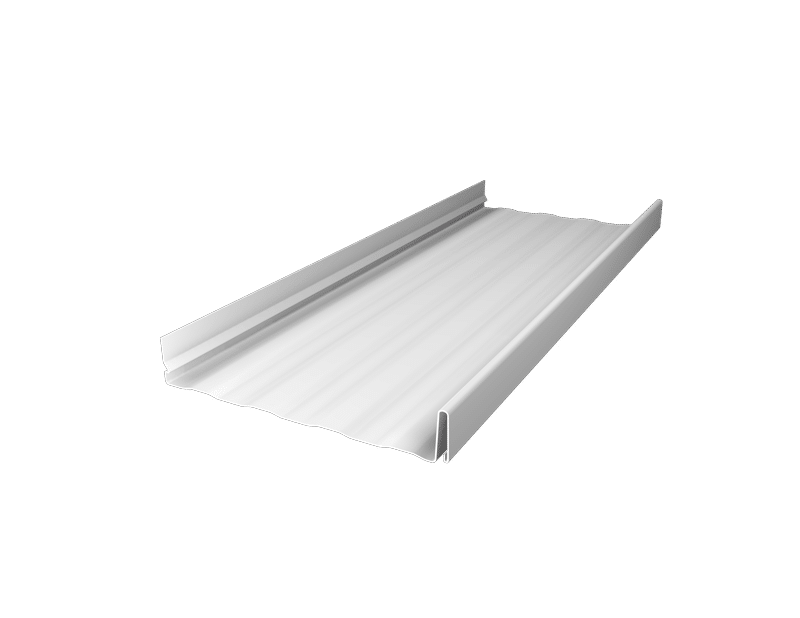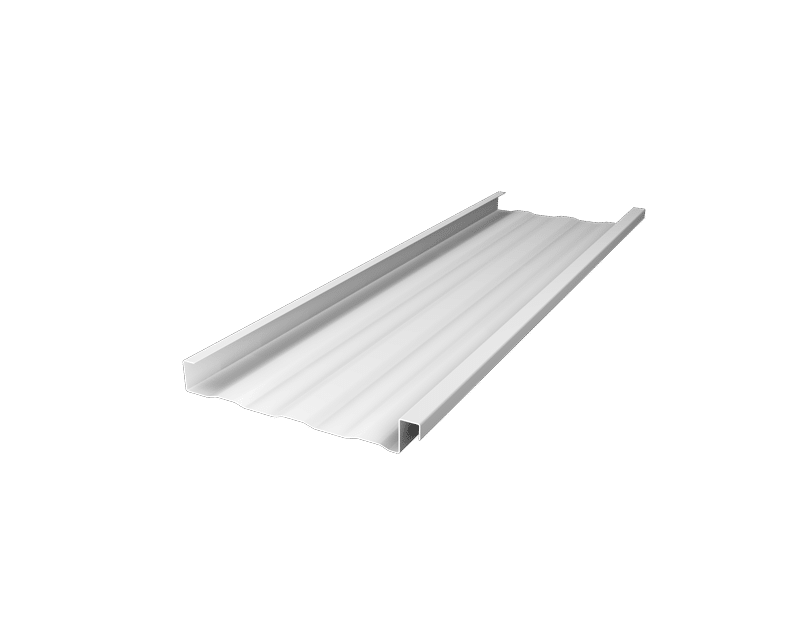What You Need to Know About Radiant Heat for your Roofing
Are you aware that some roofs can absorb almost all heat from the sun? Without a barrier, the temperature of your home can skyrocket to more than 160 degrees Fahrenheit on a sweltering summer day. Radiant technology can effectively block off this heat. A radiant barrier is a material designed to block off or deflect thermal radiation and reduces heat transfer as a result.
Climate is one factor that affects the efficiency of the radiant barrier. For hot climates, you can install different types of radiant barriers that can block heat and keep your attic cooler in the summer. With a radiant barrier, you save energy as a result for there is no need to keep adjusting the temperature when the sun heats up your roof. In this article, we'll talk about what you need to know about radiant barrier and why it's more efficient to install metal roofing than shingles.
How Radiant Barrier Works
To help you understand how a radiant barrier works, imagine a light bulb in the middle of your ceiling. It lights up the space but also emits heat in all directions. However, when there's a reflector added to the light bulb, heat is directed downwards. This is how the radiant barrier helps your roof; it causes your roof to emit heat upwards rather than upwards and then downwards.
Do You Need to Install a Radiant Barrier?
Two things affect a roof's temperature: color and ventilation. You may be surprised to lean that even a black paint color metal roofing panel from our Core Defender paint series reflects more heat back into the atmosphere than the silver galvalume, or mill finish (non-painted) metal roofing panel. The pigments in the paint help push the heat back into the atmosphere.
Below are instances where it's necessary and cost-saving to have a radiant barrier installed:
Unshaded Roof
Does your roof get direct sun exposure? You can expect that to get a lot hotter than a shaded roof. If your home has poor installation and gets no tree coverage, it would be beneficial to install a radiant barrier with your metal roofing system.
Poorly Insulated Attic
A radiant barrier can significantly reduce the temperature on your roof especially when you have poor or no insulation in the attic. Older homes usually have poor attic insulation — we recommend you consider working on getting proper insulation for your attic or install radiant barriers instead.
You may also need a radiant barrier when there is no ductwork in the attic. The barrier helps you save energy during the summer and helps your AC as well. This means your unit won't have to work harder to maintain the temperature inside your home.
You Live in a Hot Climate
A radiant barrier is a necessity when you're in a hotter climate and your roof gets direct sun exposure. Adding a radiant barrier to your metal roofing package for your Florida home is a must-have.
Types of Radiant Barriers
Radiant barriers are made with highly reflective materials that are applied to cardboard, plastic films, or air infiltration barrier material. The aluminum foil is more effective than IRCC (Interior Radiation Control Coating), as it can reflect about 97 percent of radiant heat transfer. The IRCC type of radiant barrier can only reflect up to 75 percent of heat.
Common Issues With Radiant Barriers and How to Resolve Them
A radiant barrier can significantly reduce heat transfer to your home, keeping your home cooler and reducing energy bills. However, some problems can arise with radiant technology. Knowing the ways it can go wrong can help you prevent these issues. Below are some of the problems that may come up with radiant barriers:
Moisture Problems
One issue that can negatively affect the efficiency of the radiant barrier is moisture. Condensation may develop especially when you live in an area where the temperature drops to below zero degrees. Unchecked moisture can lead to mold and water damage. Following our recommended installation methods for your roof system that includes a radiant barrier can resolve this issue before it ever becomes a problem.
Radiant Barrier Setup
Another issue is how the radiant barrier is installed. It's essential to only hire certified installers to ensure that the task is properly carried out. Otherwise, the radiant barrier will not perform optimally.
Attic ventilation issues:
Remember, the radiant barrier can only work when your attic has proper ventilation. Without ventilation, the heat cannot circulate properly and the dust can build up.
One of the reasons some homeowners prefer radiant heating is because it reduces contaminants in their homes. When the attic is not properly ventilated, a thermos effect can happen and produce a negative result.
Another problem that can arise without proper ventilation is that the heat may reflect back into the roof's surface, increasing the temperature as a result. Working with your independent roofing contractor, make sure the topic of proper ventilation is discussed and addressed with the overall installation of your new metal roof.
Radiant Barrier Installation
Proper installation is crucial to the efficiency of your radiant barrier. We recommend hiring only certified professionals to help you install the material. Avoid a DIY installation for your safety. Your licensed, independent metal roofing contractor can make sure your radiant barrier is properly installed.
Benefits of good radiant heating installation:
Having a radiant barrier properly installed means you have control over the temperature in your home and you get to save more every month.
Increased Home Comfort
Sunlight enters your home through the windows, walls and roofs. With a radiant barrier installed, you can keep the heat from entering your home and subsequent increase of temperature. Heat transfers through conduction, convection, and radiation, but you can block this heat transfer with the radiant barrier. It works even better when combined with proper insulation and ventilation. This means you will be more comfortable during the sweltering summer days when you have a radiant barrier installed in your home.
Savings
In addition to reducing energy bills with the radiant barrier installed, you get to also maximize savings because it helps with maintenance and repair costs. When the air conditioner works harder to maintain the temperature in your home, it may strain the system and will eventually result in a breakdown. You can prevent costly AC repairs when you have a radiant barrier installed.
To maximize savings and prevents issues, please make sure to only get professional radiant barrier installation. If you already have a radiant barrier installed, look for a professional that can properly remove and replace your radiant heating. Also, if you suspect there might be issues with it, don't hesitate to contact a professional.
Metal Roofing and Radiant Barrier
A properly installed and ventilated metal roofing can save you money in the summer. Asphalt, tile, and concrete absorb heat — they still radiate the heat even hours after exposure. Metal roofing, on the other hand, has low thermal mass, allowing it to reflect the heat, not absorb it. It's also beneficial in the winter as it can help vent attic moisture so they don't settle in. Metal roofing doesn't just reduce energy bills but it also lasts longer than standard roofing materials.
To maximize the benefit of installing metal roofing, we suggest you install a radiant barrier as well, especially when your goal is to save more energy.
The combination of metal roofing and radiant barrier can effectively reduce heat transfer, saving you more energy and making your home a lot cooler.
Contact Tri County Metals for Metal Roofing Installation
We are a family-owned roofing company committed to providing exceptional roofing services to all our customers. Tri County Metals has eight locations across Florida, and our team is always ready to assist with your metal roofing needs.
Reduce your cooling costs today and add more value to your home by installing metal roofing. Call us for a free inspection!

